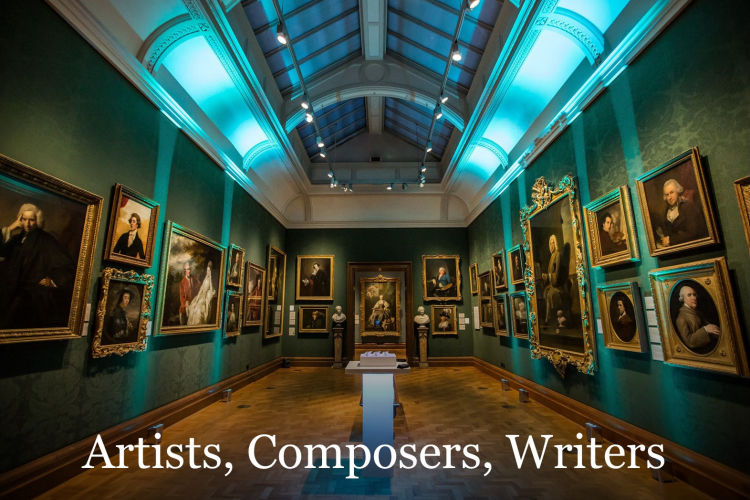3. Incandescence.
Death in Venice, the last opera by Benjamin Britten, may be a tragedy about aging and obsession, but it is
nonetheless set in Venice, La Serenissima, and all is finally dissolved in the limpid Venetian light. Other
artists have bathed themselves in light and color during their last years: Claude Monet in his garden at Giverny,
Paul Bonnard in his wife's tiled bathroom, and poet Derek Walcott in the sun of the Caribbean.
The script, videos, and images will be posted immediately after class.
Here are brief bios of the artists and poets considered in the class, listed in chronological order of birth.
You can access all biographies via the BIOS link on the syllabus page.
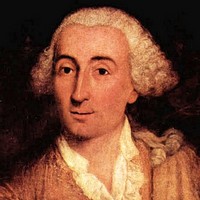 |
Francesco Guardi, 1712–93. Venetian painter.
The principal Venetian veduta (view) painter after Canaletto, Guardi's style was more rococo and fleeting, giving more play to the imagination. In addition to views of Venice, he did a large number of Capriccios comprised of Venetian elements combined in a ruined or picturesque manner.
|
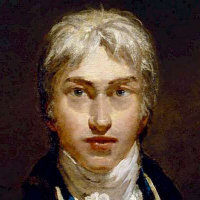 |
Joseph Mallord William Turner, 1775–1851. English painter.
Rivaled only by Constable, Turner was the dominant British landscape painter of the first half of the 19th century, he started his career with topographical views intended for engraving, and ended with works whose subjects were dissolved in veils of paint and light.
|
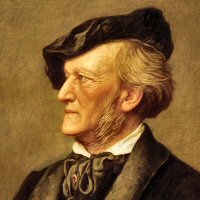 |
Richard Wagner, 1813–83. German opera composer.
Wagner almost single-handedly transformed the nature not only of opera but also of harmony and orchestration. His 10 mature operas include Tristan und Isolde (1865), Die Meistersinger von Nürnberg (1868), and the vast tetralogy Der Ring des Nibelungen (completed 1876), for which he had a special theater built at Bayreuth. His final opera, Parsifal (1882), was written for exclusive performance at that theater.
|
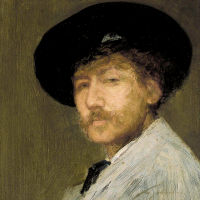 |
James Abbott McNeill Whistler, 1834–1903. American painter, working in London.
Whistler's American father was a railroad engineer who took work in Russia when the future artist was still a child, so his training and career took place almost entirely in Europe. He was famous for giving his near-abstract paintings such as Arrangement in Grey and Black (the portrait of his mother), thus emphasizing the connection between painting and music.
|
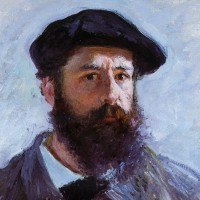 |
Claude Monet, 1840–1926. French painter.
The central figure in Impressionism (it was his Impression: Sunrise of 1872 that gave the movement its name), he intensified its focus more than any other artist, continuing well into the next century to produce series of paintings showing minute variations in the light and color in basically the same scene. Cézanne famously said of him, "Monet is nothing but an eye—but my God, what an eye!"
|
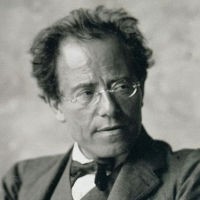 |
Gustav Mahler, 1860–1911. Austrian composer and conductor.
In the summers during his appointment as director of the Vienna State Opera, he completed nine symphonies, numerous songs, and his masterpiece, the "song-symphony" Das Lied von der Erde (The Song of the Earth, 1909). His works typically use very large orchestras and incorporate a wide range of musical styles.
|
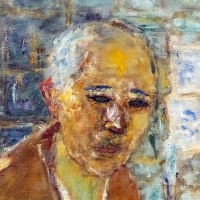 |
Pierre Bonnard, 1867–1947. French painter.
A member of the Nabis group early in his career, Bonnard later went his own way, specializing in lushly colored garden scenes and interiors; especially memorable are those of his wife in the bath (she suffered from a skin condition). There are also a number of quite revealing self-portraits.
|
 |
Thomas Mann, 1875–1955. German novelist.
Winner of the 1929 Nobel prize in literature, Mann's best-known works date from before he fled from Germany in 1933: these include the novels Budenbrooks and The Magic Mountain and the novella Death in Venice. Eventually settling in America, he continued to write until his death.
|
 |
John Piper, 1903–92. English painter, printmaker, and designer.
Piper specialized in paintings and prints of England, especially its ancient buildings. He designed stained glass for the new Coventry Cathedral, and the sets for the premiere productions of almost all the operas of Benjamin Britten.
|
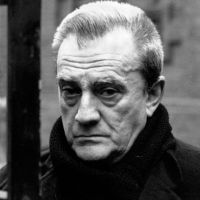 |
Luchino Visconti, 1906–76. Italian film and opera director.
Though born into a Milanese aristocratic family, Visconti became a Communist, and his earlier films depict working-class life with brutal realism. In 1963, with his filming of Lampedusa's The Leopard, his style changed totally, and his last works are noted for their opulent depictions of decadence. He was also one of the greatest opera directors of his time.
|
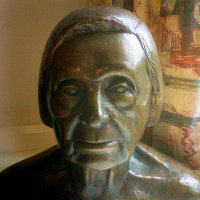 |
Myfanwy Evans Piper, 1911–97. Welsh art critic and librettist.
From 1935 to 1937, she edited the periodical Axis which was devoted to abstract art. She married the artist John Piper in 1937. Discovering an unexpected talent as a poet, she had a successful later career as an opera librettist, including adapting The Turn of the Screw and Death in Venice for Benjamin Britten.
|
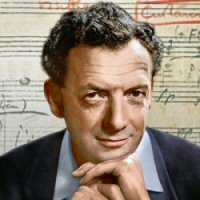 |
Bnjamin Britten, 1913–76. English composer.
Although he has written in most genres, Britten's greatest achievement may be his vocal music: 15 operas and numerous song cycles and choral works, showing an unparalleled sensitivity to English verse. His first opera , Peter Grimes (1945), may be credited with establishing the viability of English opera in modern times.
|
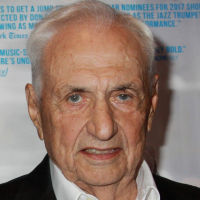 |
Frank Gehry, 1929– . Canadian-American architect.
Born Frank Owen Goldberg in Toronto, he studied originally in Canada, then at the University of Southern California when his family moved to America. Although he had been making unusual buldings for much of his career, the work that established him as an international superstar was the Guggenheim Museum in Bilbao, Spain, which opened in 1997.
|
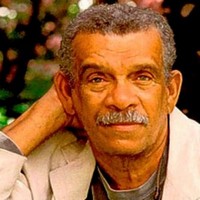 |
Derek Walcott, 1930–2017. Saint Lucian poet, playwright, and painter.
Winner of the 1992 Nobel prize in literature, Walcott was a world traveler who kept returning to his birthplace of Saint Lucia, infusing his work with Caribbean history, light, and color. His 1990 epic Omeros attempts nothing less than an overview of the African diaspora in the manner of Homer.
|
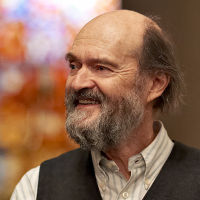 |
Arvo Pärt, 1935– . Estonian composer.
Pärt is the leading composer in the style sometimes nicknamed "holy minimalism," that uses very simply musical processes and materials to create a deeply spiritual effect. While he has written orchestral and choral music of great power, many of his best-known works, such as Fratres (1977) and Spiegel im Spiegel (1978) are for small chamber combinations.
|



























